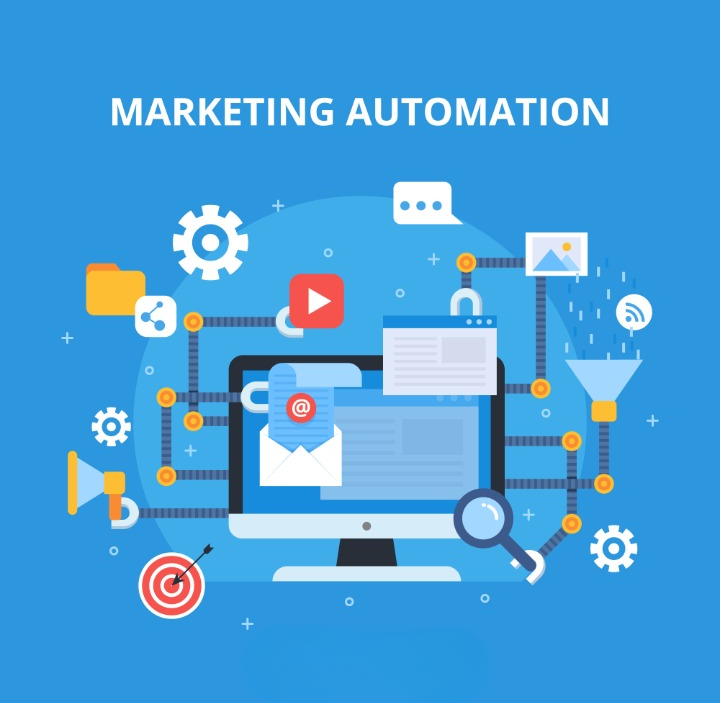Subscriber list building is how websites or businesses gather contact details, usually email addresses, from people interested in the products or services. As visitors sign up, their details are saved to a list, which gradually grows. This list becomes a valuable tool for direct communication, allowing the business to share news, offers, or content in the future.
For example, a local bakery might offer a 10% discount to visitors who sign up for their email list. As more people subscribe to the deal, the bakery compiles a list of potential customers they can engage with, sending them new offers, updates on fresh bakes, or even recipes, fostering a relationship that can lead to repeat business.
Who is a subscriber?
A website subscriber is an individual or business who has actively chosen to provide their contact information, typically an email address or other details. This signifies their interest in staying connected, receiving updates, or being part of a community surrounding a particular topic, product, or service. They’re not just casual visitors; they have expressed a deeper level of engagement by permitting them to be contacted in the future.
Why is capturing subscriber information important?
Understanding and collecting subscriber information is pivotal for several reasons.
First, subscribers are users who have already shown interest in what you offer, making them a more receptive audience than the general public. They’ve essentially raised their hands and said, ‘Tell me more.'”
Second, having a list of subscribers means having a direct line of communication with an engaged audience. It’s a channel where you can nurture relationships, provide value, and introduce new products or services. Over time, this connection can significantly improve customer loyalty and boost sales.
Third, in the age of artificial intelligence, where algorithms dictate content visibility, having subscribers ensures a more reliable reach than merely posting on social media and hoping for traction.
How does it work?
Building a subscription list involves collecting contact information, typically email addresses, from individuals interested in their content, products, or services. It usually starts with a clear call-to-action on a website, such as “Subscribe for updates!” or “Join our newsletter!” inviting visitors to subscribe for updates, newsletters, or exclusive offers.
When a visitor decides to subscribe, they provide their contact details, often through a simple form. This information is then stored in a database. Over time, as more people subscribe, the list grows. Think of the power of having thousands of prospective customers interested in your product or services.
What is subscriber automation?
Subscription automation refers to the use of digital tools and processes to streamline and enhance the journey of website visitors as they become subscribers.
Instead of manually collecting the customer details, sorting, segmenting, and engaging the users, the automated process handles the task for you.
By automating, businesses can consistently engage new subscribers with timely responses. It’s a way to ensure that every person who has shown interest in your content or offerings gets a personalized and prompt experience, maximizing the chances of building a long-term, engaged relationship.
By automating, you can save significant time on prospecting and focus on other activities. Additionally, the automated process can work all day and every day, even while you’re asleep.
Step-by-step subscription process
The step-by-step subscription process involves guiding website visitors through a series of actions, from initial interest to successfully joining a mailing list or service. There are several steps involved, as follows:
Step 1: Design your offer
To encourage visitors to subscribe, consider offering them a tangible benefit. What are you offering in return for the site visitor’s contact information? Is it a discount code, access to a newsletter, or access to exclusive content? Once they see the value, they’re more likely to provide their information.
Step 2: Create a subscription form
Create a user-friendly subscription form that’s both engaging and easy to find. Opt for a clean and straightforward design, emphasizing the offer while providing clear fields for visitors to input their information. Only gather essential details for future communication— usually an email address, but you can also ask for a name or phone number if it aligns with your requirements.
Step 3: Store the subscriber information safe and secure
It is essential to handle subscriber information with care. Store the collected details in a secure database, email marketing tool, or customer relationship management (CRM) tool. Use the information only for the intended purpose.
Step 4: Send a Welcome message
One of the most pivotal steps is sending a welcome message immediately after a user subscribes. This immediate communication not only confirms the visitor’s subscription but also establishes a positive first impression. The welcome message typically has high open rates, with some studies showing up to 50% or more.
Step 5: Keep the promise
If you’ve offered your customer a tangible benefit, such as a discount or a newsletter, share it as soon as possible. This is a great way to establish trust from the onset.
Step 6: Ongoing communication
After making the initial contact, make it a point to communicate with the subscribers regularly through newsletters, updates, or special offers. Ensure you’re reaching out according to the frequency established at the outset. If a user has chosen a monthly newsletter, stick to a monthly schedule. If it’s a weekly preference, then connect weekly. By keeping in touch, you keep your brand at the top of your mind, nurturing a more robust relationship.
Step 7: Provide an opt-out option
An opt-out mechanism allows users to easily unsubscribe from their emails. Respecting a subscriber’s decision to leave is essential, as it strengthens trust as you have valued their decision, leaving the door open for potential re-engagement in the future. Similar to subscription, keep the unsubscribe option simple, providing an unsubscribe link to the email messages.
Summary
Building a subscriber list is a crucial aspect of marketing and sales endeavors.
As you can see, there are at least seven steps involved in this process. Performing these tasks manually for every potential subscriber consumes a considerable amount of time. Fortunately, with website automation, you can simplify and streamline the entire process.
To automate this subscriber list-building process, you need a landing page, a subscription form, a compelling welcome message, email marketing or workflow automation software, and a CRM or secure database. These tools, when automated, create a seamless experience for both the subscriber and you as the website owner. But if the idea of setting up these systems sounds daunting, don’t fret. Minutly specializes in such website automation tasks. By leveraging Minutly’s expertise, you can ensure that your website works tirelessly in the background, saving you precious time and helping your business grow.








How to launch your web design service – A comprehensive guide to success
How to start a Generative AI Service: A Comprehensive Guide (2024)
Top 10 Essential Sales Service Requests Every Business Should Offer
How to launch your web application development service
What is a Service Catalog?
Top 10 Essential Sales Service Requests Every Business Should Offer
Sharing your Minutly Catalog
Setting up your catalog